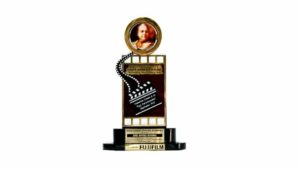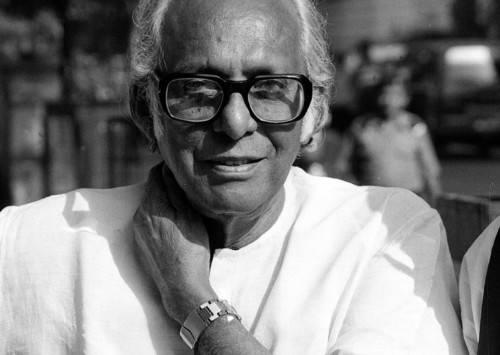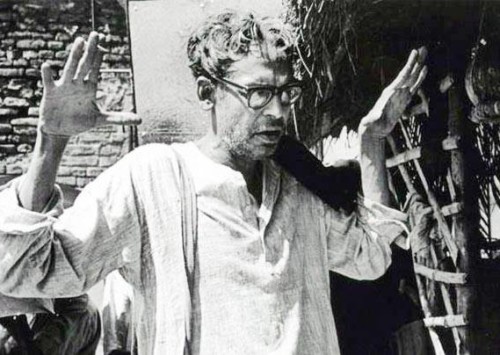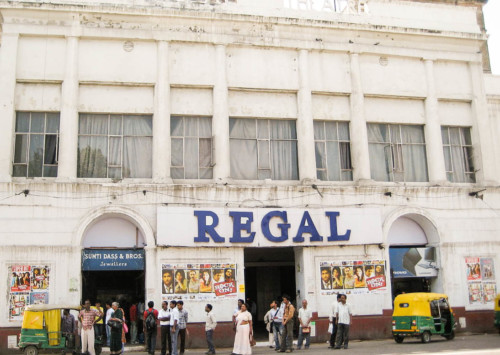Remembering the Father of Indian Cinema
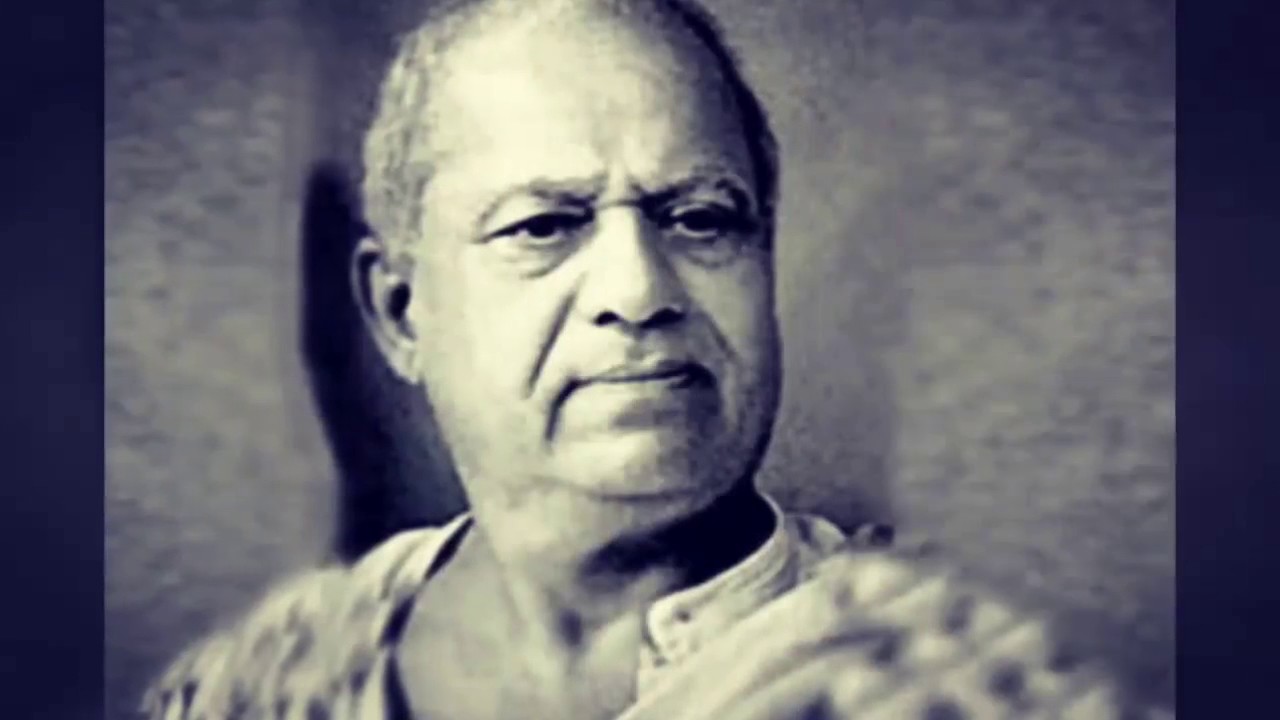
Dada Saheb Phalke made 95 mainstream and 26 short films in his 19 years of career in the film industry
Dada Saheb Phalke, the father of Indian cinema, was India’s first filmmaker. Here is a sneak peek into the cinematic journey of this legendary filmmaker.
A crowded theatre, a silent film, an eager audience, and a young boy with dreams. Who knew, just a regular day in 1910’s America-India Theatre in Mumbai will forever change the shape of the Indian film industry. Amongst the audience, amazed at Ferdinand Zecca’s film Life Of Christ, was a young Dhundiraj Govind Phalke aka Dada Saheb Phalke. Smitten by the magic of silver screen, Dada realised his love for films and film making, and thus began the journey of the Indian film industry.
An artist since the beginning
Born to a Sanskrit scholar on April 30, 1870, in Bombay presidency, Phalke always had an eye for art. He had studied painting, drawing, sculpture, modelling, and developed a special liking for photography. He gave up photography as a profession after losing his wife and child to a plague outbreak. He even tried his hands at magic after meeting Carl Hertz, a famous German magician. Phalke also tried his luck at draftsmanship and the printing business, but the destiny had something else in store for him.
Reeling India’s first feature film
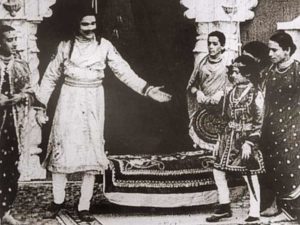
Phalke sold many of his possessions and leveraged his insurance policy against a loan for funding the film, Raja Harishchandra
Once he realised his love for filmmaking, there was no turning back. Driven by the passion of making stories alive through films, Phalke did not let the odds deter his journey. For Raja Harishchandra, India’s first feature film, Phalke is known to have sold many of his possessions and leverage his insurance policy against a loan for funding the film. Raja Harishchandra, being his first film, was very close to his heart and he was lucky enough to have the unconditional support of a family, leaving no stone unturned for bringing Phalke’s imagination alive on the silver screen. His wife handled the makeup of the actors, production, and posters besides taking care of food for the crew, while their seven-year-old, Bhalchandra Phalke, played the son of king Harishchandra- the protagonist of the film. Phalke’s conviction and passion resonated with the audience. For playing the lead role in his film, many young enthusiasts flooded his office. However, Phalke wanted his film to be an epitome of perfection, and thus dissatisfied with all aspirants, played the role himself. The cinema-shy Indian society, alien to feminism, could not offer a leading actress for the film, which was later played by a man. The film, directed, produced and edited by Phalke himself, completed in a little less than eight months with a budget of INR 15,000 (EUR 192).
On April 21, 1913, this iconic film, was premiered for a restricted elite audience in Mumbai’s Olympia Theatre, while the premiere for general public took place in Mumbai’s Coronation Cinema on May 3, the same year.
The film was a hit with the audiences, who were new to the magic of the silver screen. Overwhelmed by the idea of capturing time in the form of moving pictures on a static screen, India was ready for a cinematographic revolution, with Phalke at the helm of this movement.
A cinematic journey
After Raja Harishchandra, there was no stopping for Phalke. He started working on multiple projects. Apart from mainstream cinema, he also made several documentaries, features, short stories, comedies, silent films and educational films. Fascinated by the idea of presenting Indian gods on the silver screen, Phalke mostly revolved his films around mythology, some of them being stories of Mohini Bhasmasur, Lanka Dahan, Shri Krishna Janma and Gangavataran, all episodes in various Hindu epics. Similarly, his love for art was always reflected in his cinematographic endeavours. He would often incorporate artworks, like that of famous Indian artist- Raja Ravi Verma, in his films.
It was no surprise that when he launched his film production company, Hindustan Films, it instantly attracted investments from various businessmen who could foresee the potential of this industry. However, he left the company soon due to differences with his business partners.
Phalke was all about cinema. The relentless commitment and dedication of this legendary man were truly commendable. He even once suffered temporary blindness due to long hours of exposure to editing. “I have to keep making films in my country so that it gets established as an industry at home,” he had told the media.
Over time, the face of Indian cinema evolved and Indian audience now did not want to just watch the moving pictures on the screen, they also wanted to hear their heroes talk. Thus, began the talkies and Phalke was quick to adapt with the changing times. His last silent film was Setubandh, (1932) that was later dubbed and released again. Phalke decided to give these talkie films a shot and made Gangavataran during 1936 -37, his last film.
In a career spanning 19 years, Phalke made 95 mainstream and 26 short films. India lost its cinematic gem on February 16, 1944.
Keeping the legend alive
In his memory, the Indian government launched the Dada Saheb Phalke award in 1969 to honour the best film professionals for their outstanding contribution to the growth and development of Indian cinema. The award includes a Swarna Kamal (golden lotus), a shawl and a sum of INR one million. Devika Rani was the first recipient and Vinod Khanna was the most recent one.
The Indian Post also honoured Phalke by launching stamps with his photograph in 1970. Several roads and places, named after Phalke resonate with the love for him in India. In 2009, a Marathi film named Harishchandrachi Factory, a direction of Paresh Mokashi, depicted Phalke’s story. This film also made it to the Academy Awards, as India’s official entry in the best foreign language film category. On his last birthday, April 30, 2019, Google honoured Phalke with a doodle, remembering him as the pioneer of Indian cinema.


